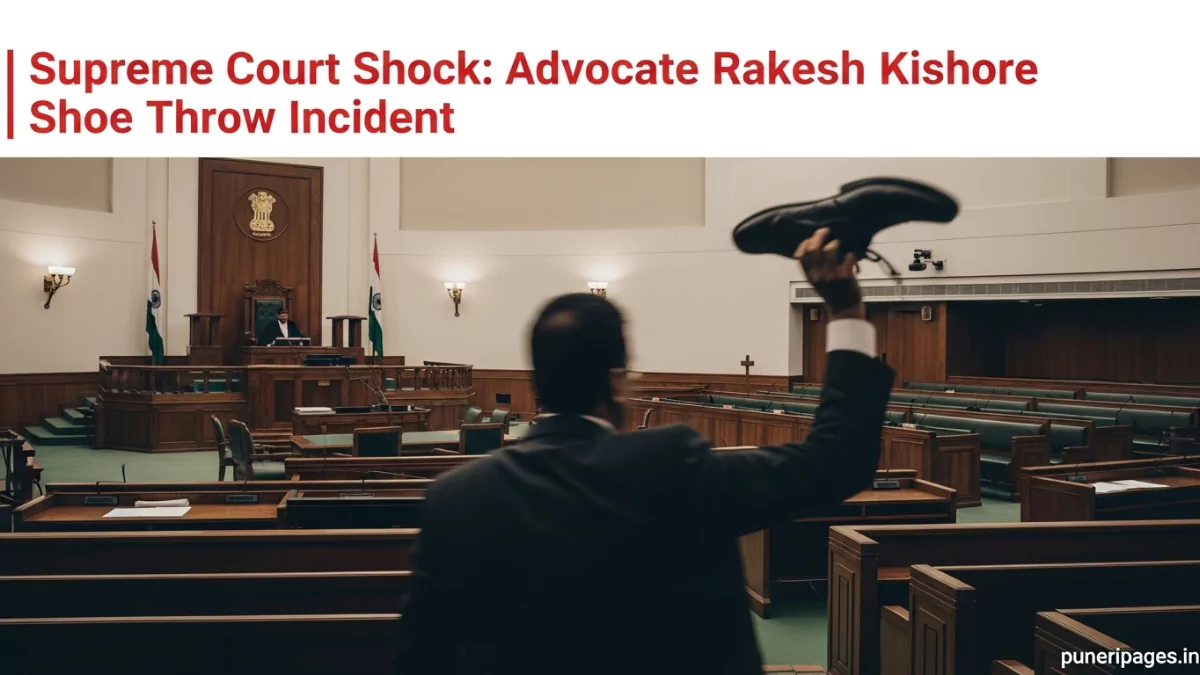
“Supreme Court proceedings disrupted after Advocate Rakesh Kishore allegedly attempted to throw a shoe at Chief Justice B.R. Gavai. — Source: puneripages.in”
By Prashant for PuneriPages.in
An extraordinary and disturbing incident unfolded in the Supreme Court on October 6, 2025, when Advocate Rakesh Kishore allegedly attempted to throw a shoe at Chief Justice of India B.R. Gavai during court proceedings. The act, provoked by judicial remarks tied to religious sentiment, has ignited waves of condemnation from legal bodies, political leaders, and civil society. This episode raises grave questions about courtroom security, judicial dignity, and the limits of protest within the temple of justice.
Table of Contents
1. What Happened: Details of the Incident
- During proceedings in Court No. 1, Kishore stood up, removed his sports shoe, and attempted to hurl it toward Chief Justice Gavai.
- He reportedly shouted slogans such as “Sanatan ka apmaan nahi sahenge” (“We will not tolerate insult to Sanatan Dharma”) as he approached the dais.
- The shoe did not hit the Chief Justice; the security personnel intervened swiftly and detained Kishore.
- CJI Gavai responded with calm restraint, instructing the court to continue: “Don’t get distracted by all this … these things do not affect me.”
2. Motivation: What Sparked the Attack
- The alleged motive traces back to recent remarks by the CJI in a PIL concerning the restoration of a damaged Vishnu idol at Khajuraho, where he said, “Go and ask the deity itself to do something.”
- Kishore claimed in later statements that he was provoked by divine impulse: “No remorse, God provoked me to do it … I did the right thing.”
He also alleged that the CJI’s prior remarks humiliated Sanatan Dharma.
3. Immediate Consequences & Disciplinary Action
Suspension by Bar Council of India (BCI)
The BCI responded quickly by suspending Kishore from practice with immediate effect, citing conduct “inconsistent with the dignity” of the legal profession.
During suspension, he is barred from appearing, pleading, or acting in any court, tribunal, or authority.
Disciplinary Proceedings to Follow
A show cause notice has been issued, demanding Kishore respond within 15 days as to why further action should not be taken.
The Bar Council of Delhi and Supreme Court registries have been directed to inform all courts and bar associations of the suspension.
4. Reaction from Judiciary, Legal Fraternity, and Public
- Lawyers across Maharashtra, Karnataka, and Delhi condemned the act as unprecedented, brazen, and an assault on judicial dignity.
- Senior advocates and bar associations called it contempt of court and warned of stricter protocols in court security.
- Politicians ranging from Prime Minister to regional leaders uniformly denounced the episode, calling it an attack on the Constitution and the institution of justice.
- Former judges and senior lawyers voiced concern that such acts damage public faith in the judiciary.
5. Legal and Security Implications
5.1 Contempt & Criminal Liability
Kishore’s act may constitute criminal contempt of court, punishable under law, beyond just disciplinary sanction.
5.2 Courtroom Security Upgrades
The incident underscores vulnerabilities in court security, prompting calls for enhanced screening, credential verification, and stricter entry protocols.
5.3 Free Speech vs. Court Decorum
While advocates may voice disagreement, the line between protest and assault must be enforced firmly to preserve the sanctity of judicial proceedings.
6. Contextual Legacy: “Shoe-Gate” in India’s Public Life
This is not the first time a public figure in India has been targeted via shoe-throwing—earlier incidents involved political leaders and ministers.
But an attack inside the Supreme Court on the sitting Chief Justice is without precedent in modern judicial history. The symbolism is stark: it pits personal grievance (often religious or ideological) directly against the apex judicial seat.
7. The Chief Justice’s Response: Composure Under Fire
Chief Justice Gavai’s reaction was measured and firm. He called on the Bar to proceed with the case, stated that he was unaffected, and urged calm.
His restraint under pressure has been broadly praised as emblematic of judicial forbearance.
8. What Happens Next? Possible Outcomes
- Formal contempt proceedings may be initiated by the Supreme Court registry.
- Criminal charges may be filed by law enforcement under IPC or court-protection statutes.
- Bar and legal authorities may tighten rules governing courtroom behavior and advocate credentials.
- The judiciary may push for structural reforms in court security protocols.
A Dark Day for Court Decorum, but Judicial Shielded
The attempted shoe-throw at Chief Justice B.R. Gavai by Advocate Rakesh Kishore is a chilling breach of courtroom sanctity. Whether motivated by personal conviction or provoked by legal remarks, the act was met with swift institutional backlash and legal consequence. The judiciary’s calm response and immediate action taken by legal bodies reaffirm the resilience of India’s constitutional order.
This episode will be studied not only as a moment of judicial crisis but also as a test of how India defends the architecture of justice when confronted with politically or religiously motivated outrage.
Frequently Asked Questions (FAQs)
1. Who is Advocate Rakesh Kishore?
Advocate Rakesh Kishore is a Supreme Court lawyer who made headlines for allegedly attempting to throw a shoe at Chief Justice B.R. Gavai on October 6, 2025.
2. Why did Rakesh Kishore throw a shoe at CJI Gavai?
According to reports, Kishore was angered by remarks made by the Chief Justice in a previous case concerning a Vishnu idol. He claimed that his act was “divinely provoked” in defense of Sanatan Dharma.
3. Was Chief Justice B.R. Gavai injured during the incident?
No, the shoe did not hit the Chief Justice. Court security intervened immediately, and the situation was brought under control.
4. What action did the Bar Council of India take?
The Bar Council of India suspended Advocate Rakesh Kishore from legal practice with immediate effect and issued a show cause notice for disciplinary proceedings.
5. What are the possible legal consequences for the lawyer?
Kishore may face criminal contempt of court charges and possible imprisonment. Permanent disbarment from legal practice is also a potential outcome.
6. Has anything similar happened before in India’s judiciary?
While there have been several “shoe-throwing” incidents involving politicians, this is the first time in Indian history that such an act has occurred inside the Supreme Court against a sitting Chief Justice.

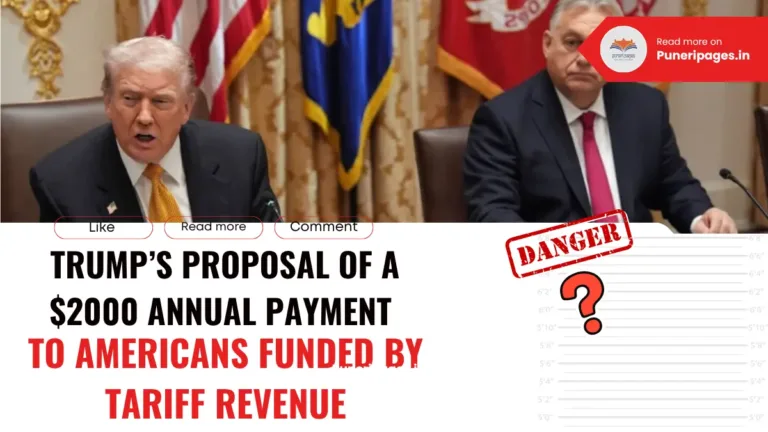
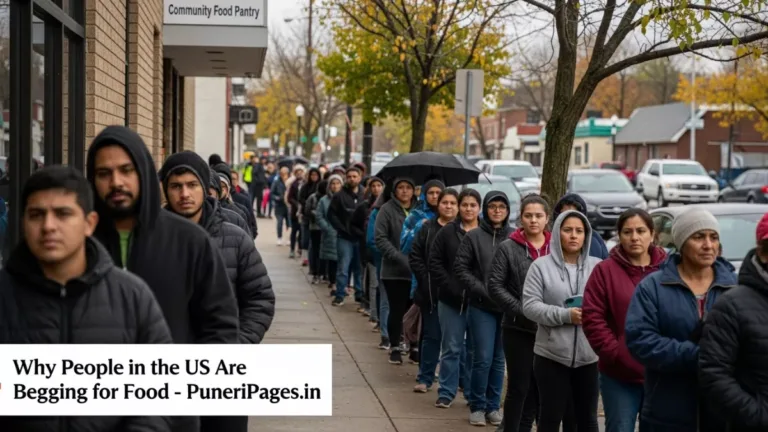
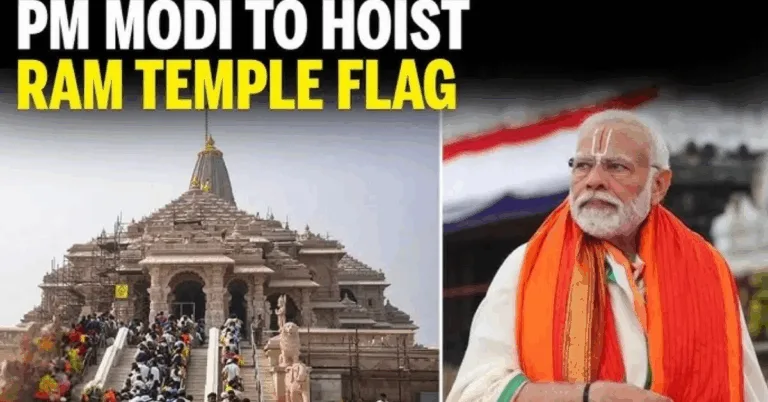


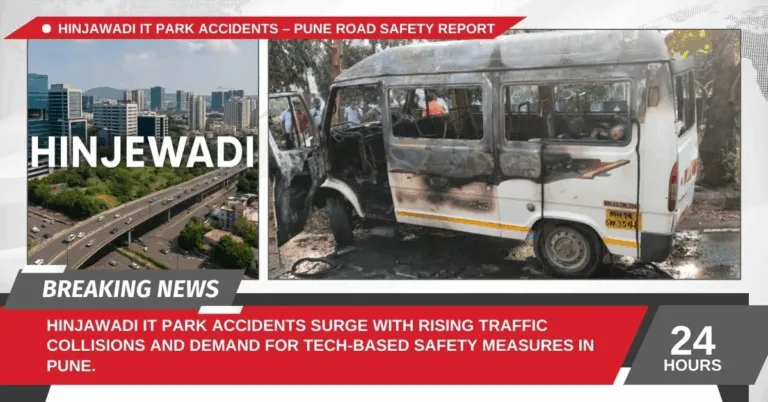
This Shoe-Gate saga is a masterclass in judicial composure! Advocate Kishores divinely provoked shoe-toss is indeed a dark day for decorum, though CJI Gavai handled it with more grace than a statue of Khajuraho. The BCIs swift suspension and the unified condemnation from the legal fraternity prove that even footwear has its limits in court. While the judiciary remains shielded, this incident serves as a hilarious reminder that even the apex seat isnt immune to a well-aimed (and intercepted) sneaker. Perhaps shoe security should be the next judicial upgrade?